Ziyin Huang
Few Clean Instances Help Denoising Distant Supervision
Sep 14, 2022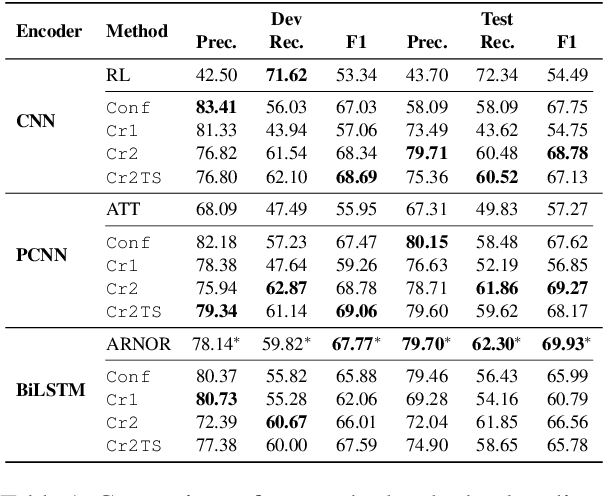
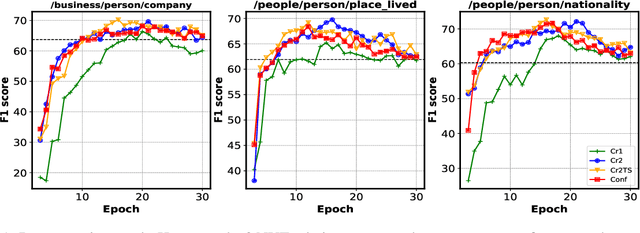
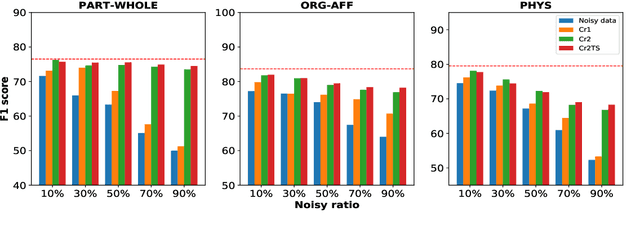
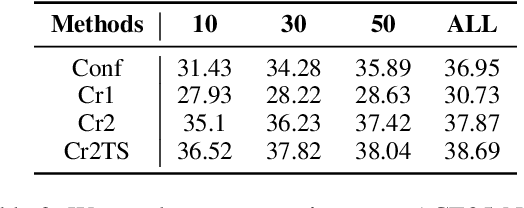
Abstract:Existing distantly supervised relation extractors usually rely on noisy data for both model training and evaluation, which may lead to garbage-in-garbage-out systems. To alleviate the problem, we study whether a small clean dataset could help improve the quality of distantly supervised models. We show that besides getting a more convincing evaluation of models, a small clean dataset also helps us to build more robust denoising models. Specifically, we propose a new criterion for clean instance selection based on influence functions. It collects sample-level evidence for recognizing good instances (which is more informative than loss-level evidence). We also propose a teacher-student mechanism for controlling purity of intermediate results when bootstrapping the clean set. The whole approach is model-agnostic and demonstrates strong performances on both denoising real (NYT) and synthetic noisy datasets.
Constrained Heterogeneous Vehicle Path Planning for Large-area Coverage
Nov 22, 2019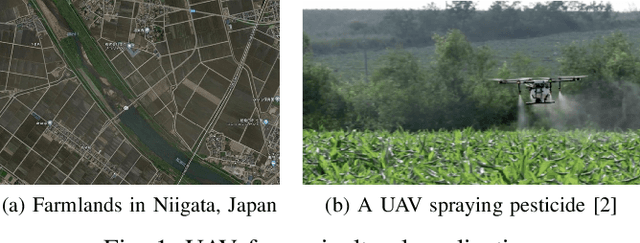

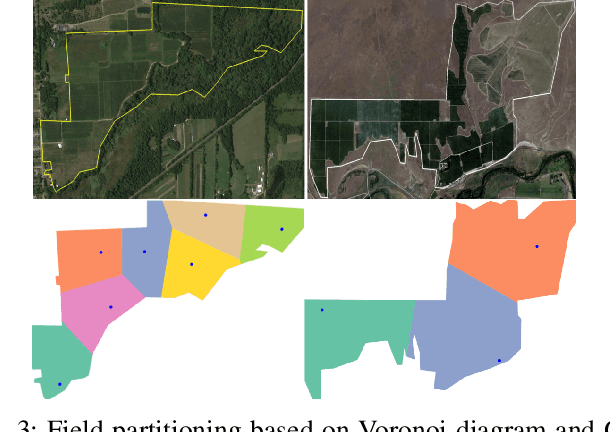
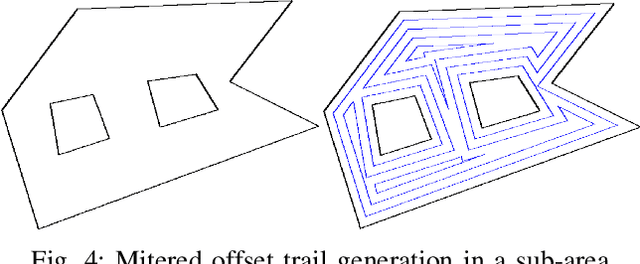
Abstract:There is a strong demand for covering a large area autonomously by multiple UAVs (Unmanned Aerial Vehicles) supported by a ground vehicle. Limited by UAVs' battery life and communication distance, complete coverage of large areas typically involves multiple take-offs and landings to recharge batteries, and the transportation of UAVs between operation areas by a ground vehicle. In this paper, we introduce a novel large-area-coverage planning framework which collectively optimizes the paths for aerial and ground vehicles. Our method first partitions a large area into sub-areas, each of which a given fleet of UAVs can cover without recharging batteries. UAV operation routes, or trails, are then generated for each sub-area. Next, the assignment of trials to different UAVs and the order in which UAVs visit their assigned trails are simultaneously optimized to minimize the total UAV flight distance. Finally, a ground vehicle transportation path which visits all sub-areas is found by solving an asymmetric traveling salesman problem (ATSP). Although finding the globally optimal trail assignment and transition paths can be formulated as a Mixed Integer Quadratic Program (MIQP), the MIQP is intractable even for small problems. We show that the solution time can be reduced to close-to-real-time levels by first finding a feasible solution using a Random Key Genetic Algorithm (RKGA), which is then locally optimized by solving a much smaller MIQP.
 Add to Chrome
Add to Chrome Add to Firefox
Add to Firefox Add to Edge
Add to Edge